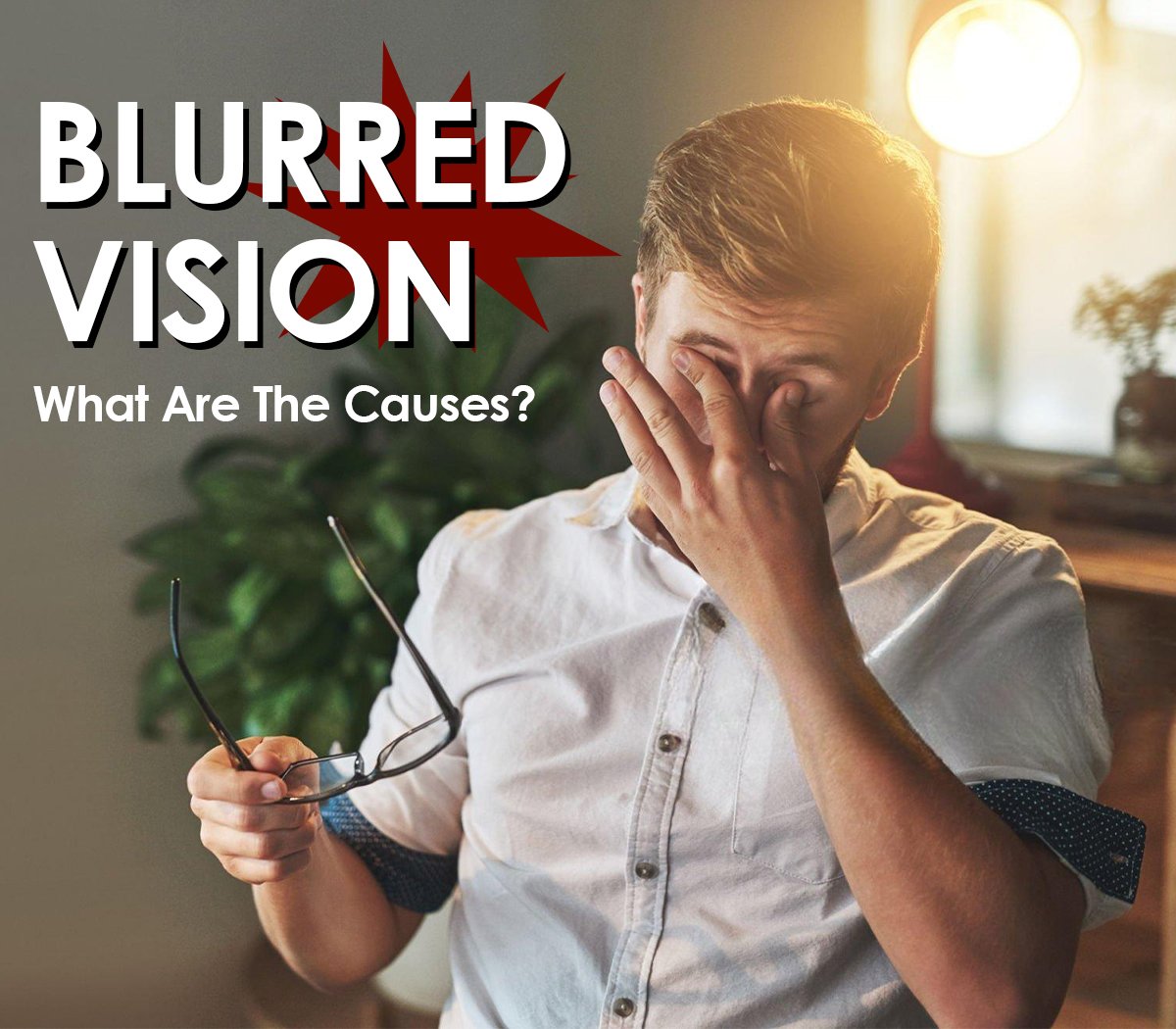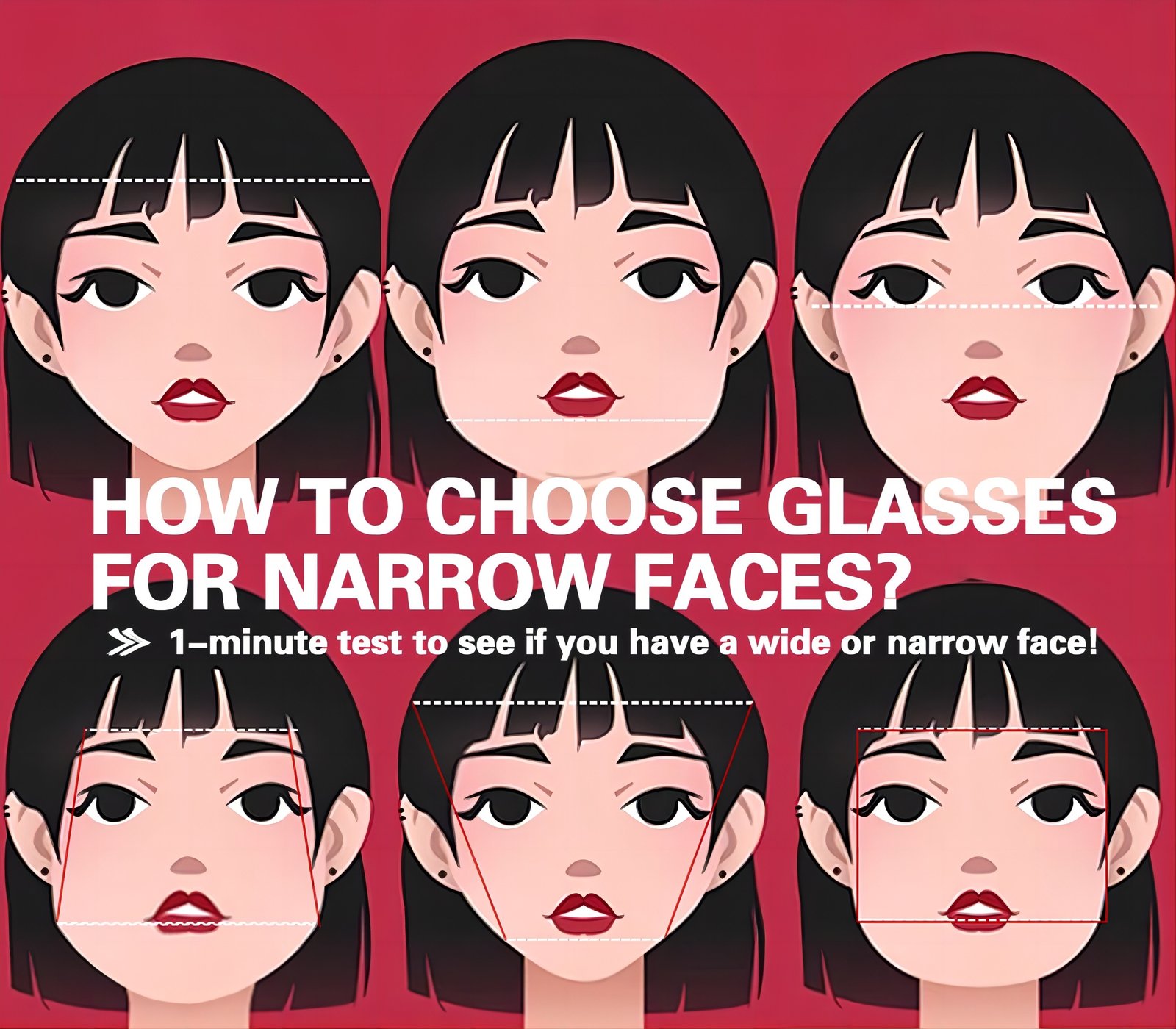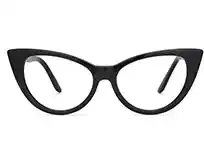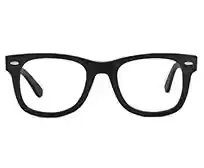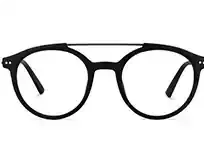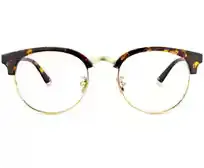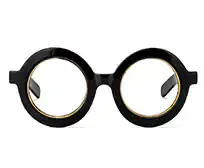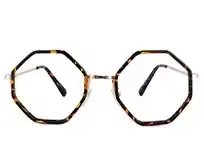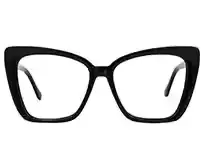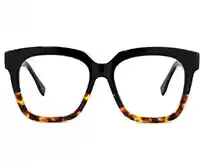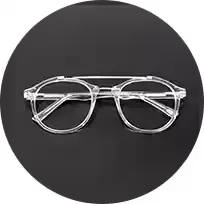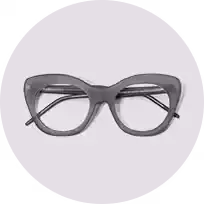What is Blurry Vision?
Blurred vision is like looking at the world through a layer of thin fog, where everything around becomes less clear. Imagine on a clear morning, your window is fogged up, making the scenery outside hazy and the details indistinct. This is the feeling of blurry vision: whether it’s the trees in the distance or the book in your hand, they lose their sharp outlines. Sometimes, this is just due to eye fatigue or incorrect glasses prescription, but other times it could signal a health issue.
What Does Blurry Vision Look Like?
Blurry vision is like erasing the details from a clear world, making everything less distinct. Imagine you are looking at a detailed painting, and suddenly the lines and colors begin to merge, losing their clarity. The sharp contours of buildings, road signs, or faces in the distance become soft and even unclear. The text nearby, like in a book or on a smartphone screen, also becomes difficult to read, as if covered by a light veil.
This visual experience is like a perpetual unclear dream, or reality that your eyes haven’t adapted to for a while. Sometimes, it may be temporary, like after staring at a computer for a long time or reading in low light. But other times, it could be a signal about the health of your eyes, reminding us to pay attention and take action. In summary, blurry vision is a unique experience notifying us that the clarity of the world has changed.
Causes of Blurry Vision:
- Refractive Errors: One of the most common causes of blurry vision. Imagine your eyes are like a camera, but the lens isn’t focusing properly. This is what happens in nearsightedness, farsightedness, and astigmatism. Fortunately, these issues can usually be corrected with glasses, contact lenses, or surgery.
- Chronic Dry Eye Syndrome: When your eyes are as dry as a desert, blurry vision can occur. Dry eyes can make your vision appear as if it’s shrouded in a thin mist, sometimes improving temporarily when you blink. Artificial tears can help alleviate this condition.
- Ocular Migraines or Migraines: Sometimes, blurry vision might signal an impending migraine. In such cases, the blurred vision is usually temporary.
- Floaters: As we age, the vitreous in our eyes may start to liquefy, creating small floating fragments that cast shadows on the retina, causing blurry vision.
- Glaucoma: This is a disease where increased pressure inside the eye can lead to blurry vision or tunnel vision, and if left untreated, can cause permanent blindness.
- Age-Related Macular Degeneration: This disease affects central vision, possibly causing blurry vision and making straight lines appear bent or broken.
- Diabetic Retinopathy: People with diabetes might experience this condition, which damages the blood vessels in the retina and affects vision.
- Cardiovascular Diseases and Other Systemic Diseases: Blurry vision can sometimes be a warning sign of serious health issues such as a stroke or brain hemorrhage.
- Simple Fatigue or Eye Strain: Sometimes, blurry vision might just be due to tired eyes or excessive exposure to sunlight.
In summary, blurry vision can be the result of many factors, from simple eye fatigue to serious health issues. If you experience blurry vision, especially if it occurs suddenly, it’s recommended to consult a professional doctor.

How to Deal with Nearsightedness, Farsightedness, and Presbyopia:
- Nearsightedness: Objects in the distance appear blurry. Treatment options include wearing glasses or contact lenses to correct vision or considering laser eye surgery like LASIK for a permanent solution.
- Farsightedness: Close objects appear blurry. This can also be corrected with glasses or contact lenses. For younger people, the eyes’ ability to adjust can sometimes partially compensate for farsightedness, but correction may be needed as one age.
- Presbyopia: Commonly occurring in people over 40, causing difficulty in seeing objects up close. Presbyopia can be corrected with reading glasses, bifocals, or progressive multifocal glasses.
Regular eye exams are crucial for these conditions to ensure eye health and receive proper corrective measures. Consult a professional eye doctor if there are any doubts or persistent symptoms.
How to Choose Glasses? – Selecting Qingzi Optical Online Prescription Glasses:
- Get a Recent Eye Prescription: First, you need a recent prescription from an eye doctor, ensuring your prescription is up-to-date.
- Visit Qingzi Optical Website: On our website, you can browse various styles and frames.
- Choose a Suitable Frame: Consider your face shape, personal style, and the comfort of the frame.
- Enter Prescription Information: After selecting a frame, enter detailed information from your prescription, such as sphere, cylinder, and pupillary distance.
- Select Lens Type: You may need to choose single-vision, bifocal, or progressive multifocal lenses, depending on your needs.
- Place Order and Wait for Delivery: After making all selections, you can place your order and wait for the glasses to be delivered to your home.
The entire process is convenient and quick, allowing you to easily purchase suitable prescription glasses according to your specific vision needs.
